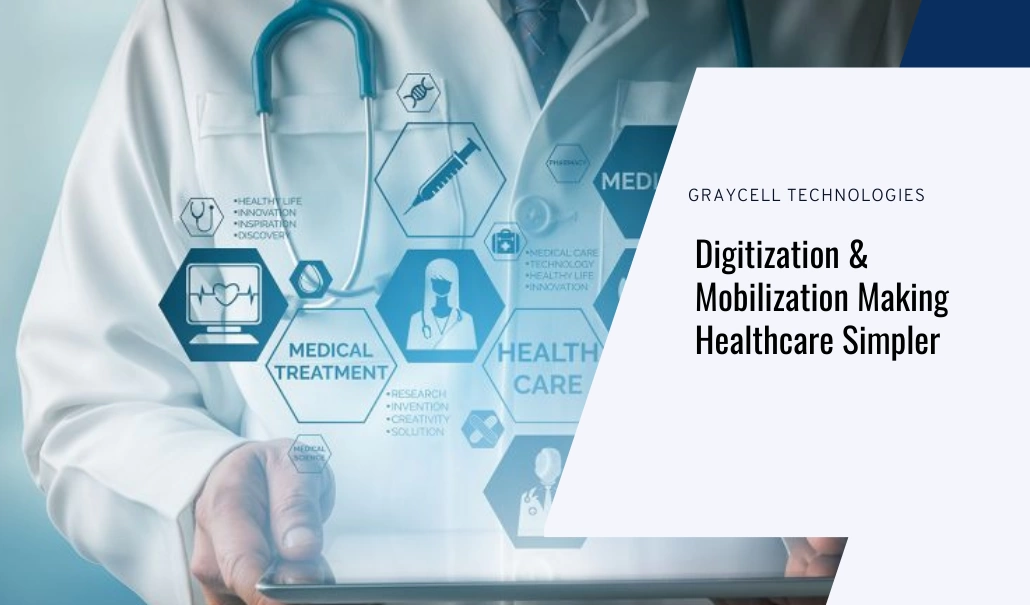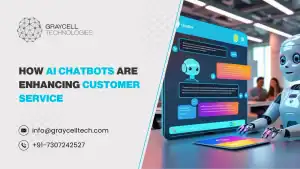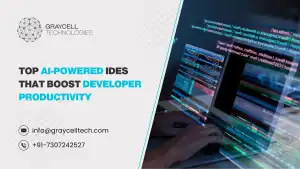COVID-19 has given us a valid reason why we need mobilization and digitization in the healthcare sector. Digitization has helped healthcare service providers in creating a critical and robust infrastructure by focusing on the doctors and patients’ needs. Now, the healthcare sector is expanding into new-age technologies such as artificial intelligence (AI) and data analytics to deliver better outcomes.
Covid-19 crisis had a hard impact on the healthcare system, which was already facing a lack of digitization. Everyone suffered from a doctor to patient and it raises some serious questions about the public healthcare system. The negative impact could have been managed better, if healthcare had started adapting to digitization and mobilization before the Covid-19 not after the Covid-19.
Digitization and mobilization of the healthcare system have transformed the way of communication between doctors and patients. Isn’t it cool how a smartphone application can track the mental and physical health of a person. Digitalization in healthcare is helping to improve a broad range of outcomes, from the remote treatment of the disease to managing the entire healthcare system.
Every healthcare department wants a system that is based on the futuristic needs of patients and doctors and can manage a heavy workflow because every single life matters. Here are some verified and tested techniques by millions of healthcare departments that will surely help to establish a fully digitized and mobilized healthcare system.
- Electronic Health Records
The most important and basic need of any healthcare infrastructure is storing medical health records securely and efficiently and are easily accessible immediately when required. By storing medical health data electronically doctors and management can provide better care of patients and it also improves the efficiency of treatment by removing the risk of misplacement and damage to sensitive medical records.
Electronic health records have transformed the entire healthcare system by providing better management of patients’ records. This automates every task with accuracy and efficiency. It also improves productivity at the healthcare infrastructure and replaces handwritten mistakes by storing error-free records.
- Internet of Things (IoT) for Patients & Healthcare Workers
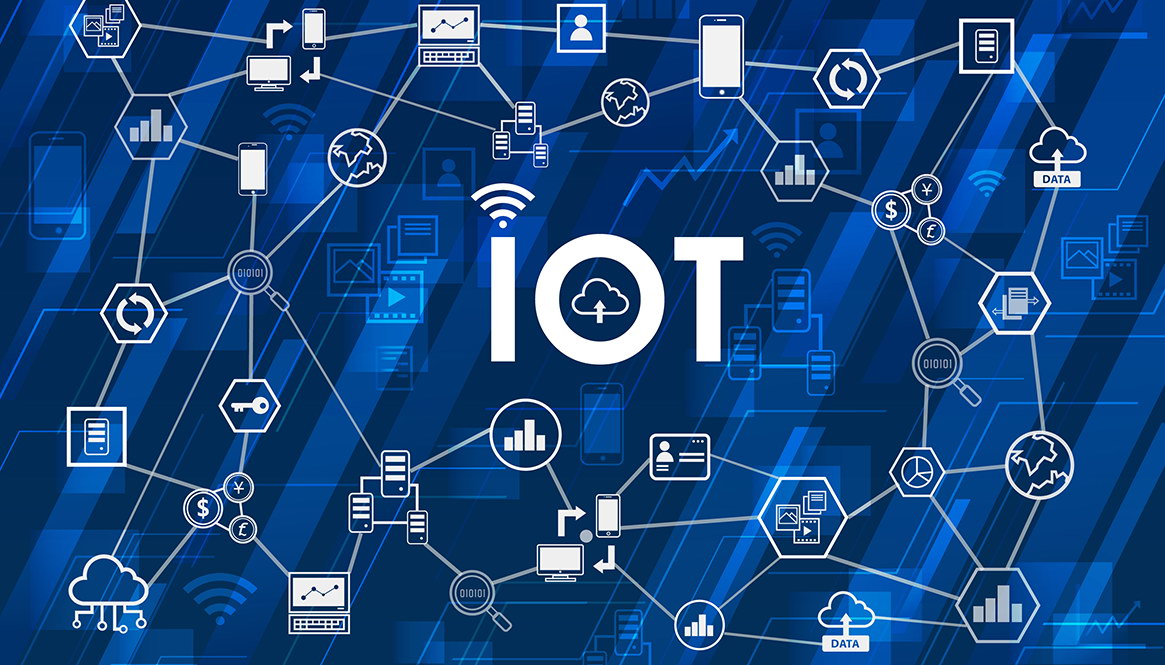
Now, healthcare organizations have rapidly adopted the internet of things. Before digitization, the interaction between patients and healthcare workers was limited by a physical meeting. Digitization offers remote monitoring by telecommunication, video conferencing, and digital health from the patient and it also allows the healthcare worker to deliver the best outcomes that further prevent readmission of patients in the hospitals.
- Electronic Data Tracking
Tracking health is much simpler and efficient than before and there are various wearable healthcare smartwatches that are available, which help to track the patient’s heart rate, blood pressure, oxygen level, etc. This is further used for giving treatment to the patients.
The healthcare smartwatch gives access to diagnostic care for patients and doctors. These devices are integrated with data analytics and artificial intelligence; smartwatches transmit a person’s important health records to doctors remotely.
- Artificial Intelligence (AI) in Healthcare
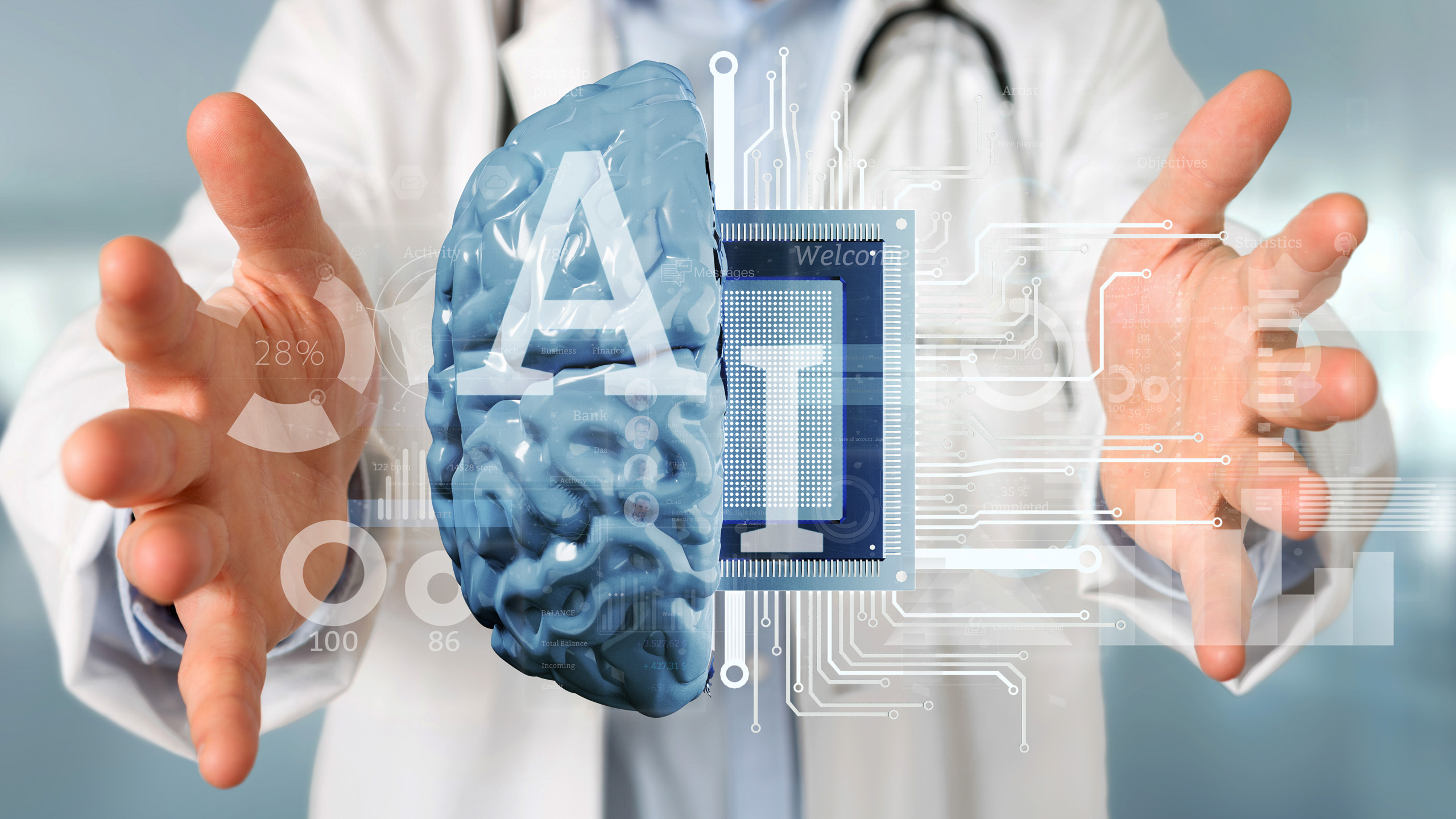
Artificial intelligence has transformed markets and industries around the world and has the potential to alter the field of healthcare as well. Many think AI is a futuristic technology but we are already using it in our daily lives. Whether we talk about a healthcare smartwatch that keeps track of the health or a mobile app that eases the process of appointment scheduling, diagnosis and online order of medicines, all are completely based on AI.
AI-based virtual health assistants or chatboats fulfill many roles in the healthcare system, such as customer service representatives, providing medical tips, and solving small medical issues. As a result, AI I in healthcare has been gaining immense popularity.
- Data Analytics in Healthcare
It doesn’t matter in which field you are, data analytics is always known for unlocking immense opportunities. In the healthcare system, data analytics is used to aggregate information from various sources like a medical record of the patient, current health status, hospital records, medical examination reports, and frequency of visits at the hospital.
It provides numerous types of benefits for better and advanced healthcare services like the use of data analytics removes inconsistencies in patient’s health management and digital medical records raise the warming and alert the patient as well as the doctor about the health issues.
Conclusion
The use of digitization and mobilization in healthcare reduces the burden of conventional tasks that require human intervention. With digitization in the industry, doctors and hospitals can deliver improved results even in hard-hitting pandemic times. GrayCell Technologies helps you navigate the digitization of healthcare with our transformative experiences. Our custom software digitization service especially designed for healthcare helps many medical organizations and clinics to leverage digitization effectively.
